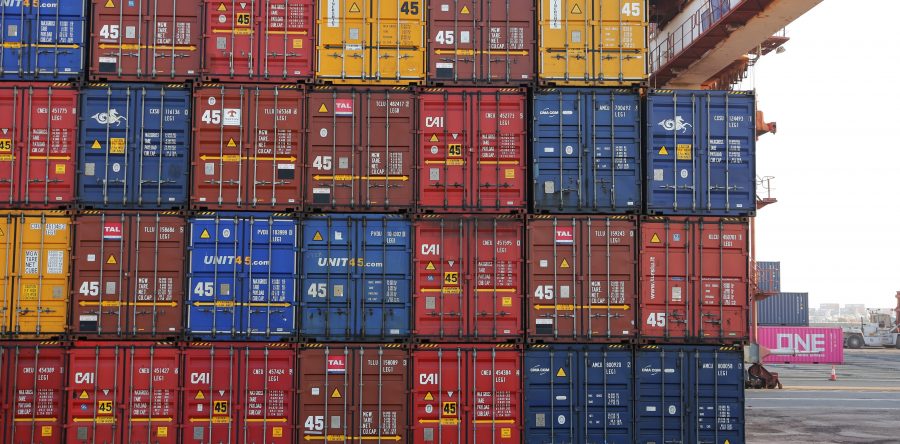The U.S. Department of Defense (DoD) continues to advance a dual-track pincer movement designed to deploy small, land-based nuclear reactors to support its missions. If one or both of its approaches are successful, it will have a significant impact on the future of small modular and advanced reactors, potentially driving out doubts about the viability of the technologies. But there are numerous technical, legal, policy, and geopolitical challenges as this process proceeds, and the U.S. needs to play a leading role in addressing them.
There are multiple motivations for DoD’s interest in small reactors.
One, is the use in areas where U.S. forces are forward deployed. This can alleviate reliance on diesel fuel and its long and vulnerable supply lines. But it also can support the battlefield arsenal of the future including directed-energy (DE) and electromagnetic (EM) weapons that require “long endurance [and] energy dense power sources,” according to Project Pele. DoD, in April 2019, issued a Request for Solutions under this project for the first phase of a “small mobile nuclear reactor.” The project is being run out of the DoD Strategic Capabilities Office (SCO).
This week, it awarded three teams a total of almost $40 million to begin work on a mobile nuclear reactor with a power range of 1-5 megawatts. This decision begins a two-year design period that may result in one company being chosen to “build and demonstrate a prototype.” The reactor’s uniqueness, according to the project manager is in its mobility (40 metric ton weight limit), and safety (inherently safe with minimal operator involvement and using TRISO fuel. It also must be designed to minimize the risk of nuclear proliferation.
A second driver for DoD is powering domestic military installations. This parallel effort is being run by the office of the Undersecretary of Acquisition and Sustainment, and it is focused on a 2-10 megawatt reactor that could be built from commercial technology and be licensed by the Nuclear Regulatory Commission (NRC). The objective is to protect military installations from disruptions in the local power systems which could be subject to cyber or physical attack.
A third motivation is the challenge of nuclear geopolitics. The SCO director noted that “the United States risks ceding nuclear energy technology leadership to Russia and China” if it does not maintain its technological edge. In fact, the U.S. and its allies largely have ceded the gigawatt-sized light-water reactor (LWR) market to Russia, which currently accounts for two-thirds of the reactors under construction around the world. China is positioning itself to eat into the Russian’s lead in LWR exports, and both nations are gearing up for the battle for dominance over the next generation of smaller reactors. In 2019, Russia launched a floating nuclear reactor with a power range of up to 70 megawatts, and China is considering building multiple floating nuclear power stations to support its bases in the South China Sea. This fight over next-gen nuclear power has significant implications for technological innovation, global competitiveness, international security, and clean energy.
A less publicized objective for the defense department is to decrease its liquid fuel usage and strengthen its contribution to clean energy and decarbonization. Defense activities consume roughly 30 terawatt hours of electricity per year and more than 10 million gallons of fuel per day. The expectation, according to DoD, is that this will continue to increase over time. But the department also is concerned about the impact of climate change on its infrastructure and missions. In a report requested by Congress the department identified numerous challenges it is facing from the effects of climate change.
The nuclear power initiatives that DoD is pursuing are largely being cast as support for its operations. But these projects will have implications beyond the Pentagon’s missions. There are technological questions about the development and availability of the new types of nuclear fuels that will be required for these reactors. There are concerns about the legal requirements for basing micro reactors in foreign nations. There are apprehensions about how adversaries will respond to their battlefield deployment. And, the governance system for these reactors, including the safety, security and non-proliferation requirements, are not yet well developed or even fully understood. These are challenges that must effectively be addressed, and it will be in the interest of international security if the U.S. and its allies drive the resolution of these issues. If they fail, authoritarian competitors including Russia and China, can seize control of the next generation of nuclear technology and its governance system. That will not be a desirable development for DoD or anyone else.
Ken Luongo, Partnership for Global Security


